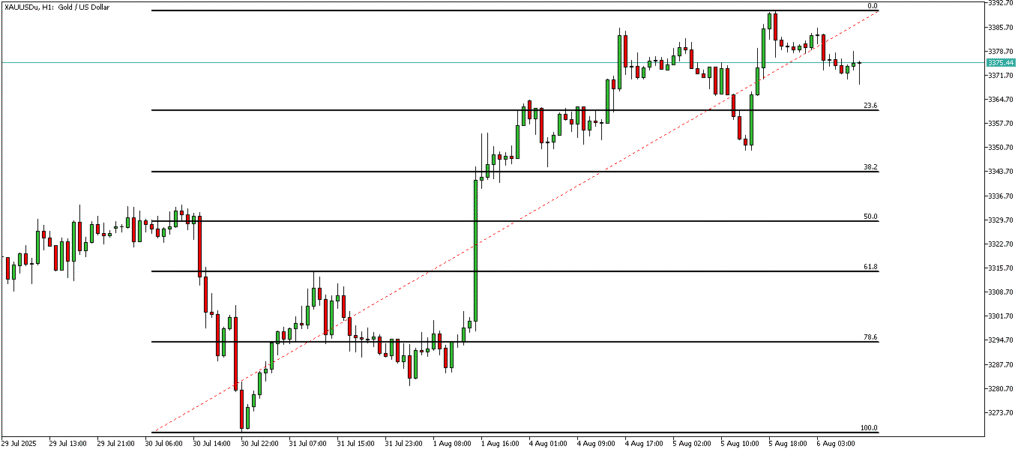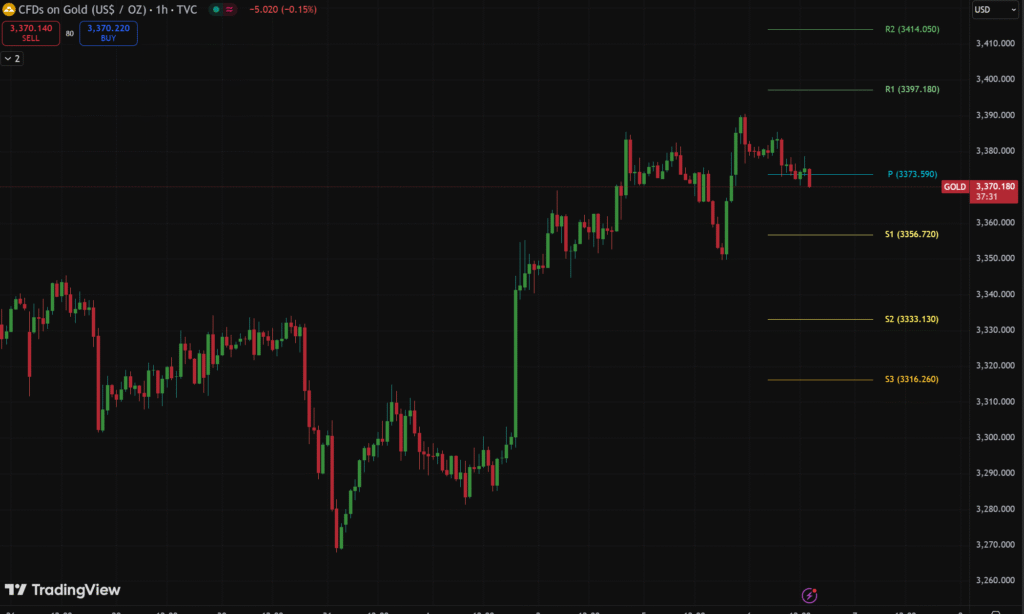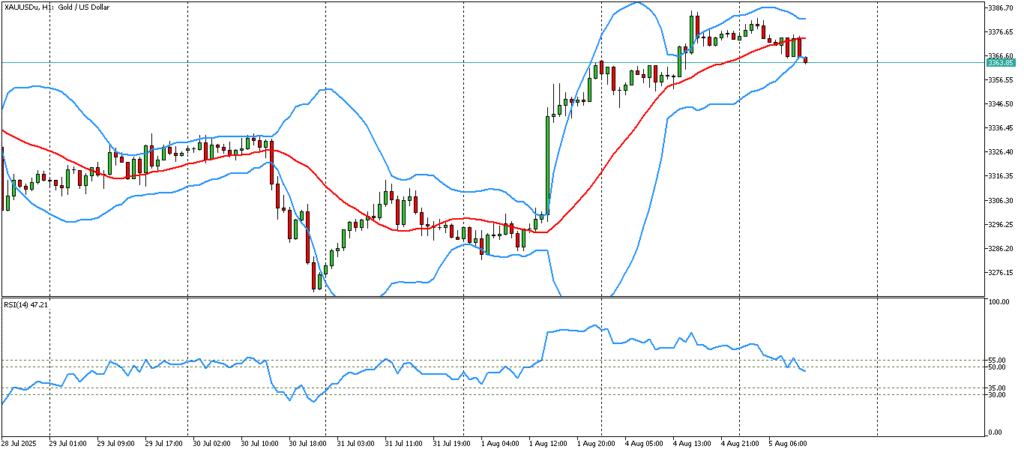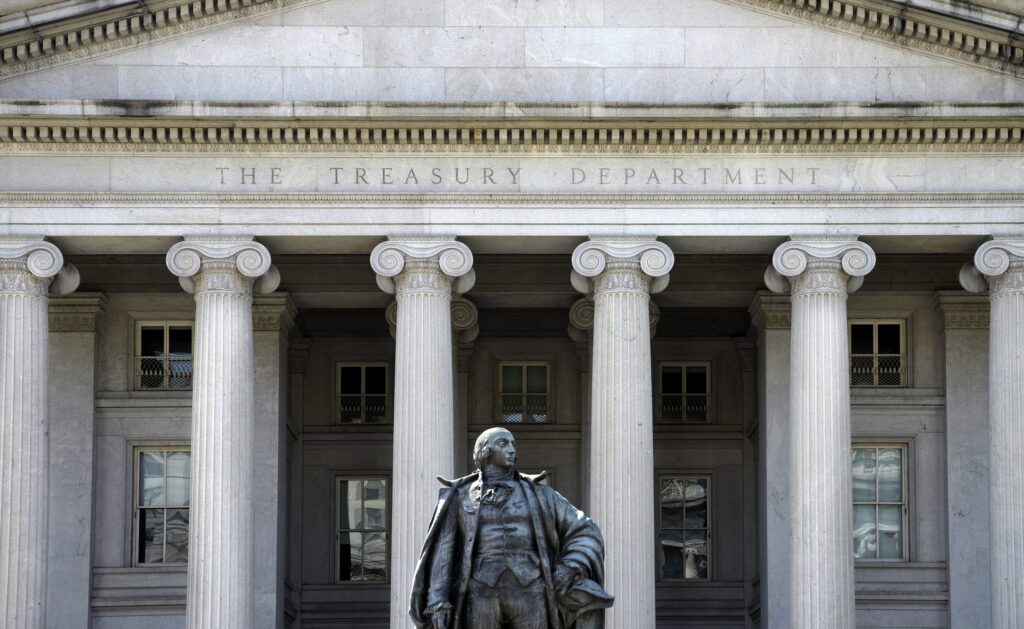 |
| Gold V.1.3.1 signal Telegram Channel (English) |

Why the U.S. Economy Is Surging in 2025: Consumer Spending Drives Unexpected Growth Amid Recession Fears
2025-09-28 @ 22:01
The U.S. economy is defying expectations in 2025, displaying remarkable strength even as many predicted a slowdown or possible recession. Recent data suggests that growth is accelerating, not faltering, with third-quarter projections pointing toward a robust performance.
One of the headline developments this year is the significant upward revision in second-quarter GDP growth, which was adjusted to 3.8% from a previous 3.3% estimate. This revision was fueled primarily by vigorous consumer spending, which remains the backbone of economic expansion in the U.S. Although the first quarter saw a slight contraction—largely attributed to the disruptive effects of trade policies—consumer demand quickly rebounded, setting the stage for a stronger second half of the year.
For the third quarter, leading indicators point to even higher growth, with some forecasts putting GDP gains at around 3.9%. Much of this momentum stems from continued, widespread consumer spending. Durable goods orders, which include items like appliances and vehicles, posted a stronger-than-expected increase in August. Simultaneously, personal income and spending reports showed consumers continued to open their wallets in August, with spending surpassing forecasts.
Given that consumer spending represents more than two-thirds of the entire U.S. economy, its ongoing resilience has more than made up for softness in other sectors, especially housing. The housing market remains under pressure from high home prices and elevated mortgage rates, but this drag has been insufficient to offset strength elsewhere, at least for now.
Interestingly, the nature of recent consumption growth is an additional reason for optimism. A notable portion of the spending increase has come from discretionary purchases—goods and services that consumers typically cut back on during tougher times. This suggests that households are not only managing to keep up with essentials but are also confident enough to spend on non-necessities. Moreover, while spending growth has, for the last several months, outpaced income gains, the U.S. savings rate remains relatively high at 4.6%. That implies consumers are not dangerously overextended, providing a buffer should conditions shift.
Still, not everyone is convinced the boom will last. Some economists caution that these strong numbers could prove temporary, especially as headwinds from trade policy and tighter immigration controls build through the end of the year. Some experts highlight that the conditions are ripe for a recession in late 2025 or early 2026, with the sharp slowdown in building permits being a warning sign. Weakness in new residential construction historically precedes broader economic downturns, and building permits have now dropped to pandemic-era lows.
Additionally, there are growing disparities within the consumer base. Aggregate consumption figures may look healthy, but much of the increased spending is being driven by high-income earners, while lower- and middle-income households are facing more pressure from continued inflation and high living costs. These divides could lead to uneven impacts if economic conditions worsen.
For financial markets, the counterintuitive reality is that strong economic data has generated as many challenges as opportunities. Investors had broadly expected the Federal Reserve to aggressively cut interest rates throughout the remainder of the year, a move that would typically boost lending and asset prices. But the robust growth and persistent inflation, which still hovers near 3%—above the Fed’s 2% target—have caused policymakers to adopt a more cautious stance. Markets now expect only one rate cut over the two final Fed meetings this year, contrary to earlier assumptions of multiple cuts.
This unexpected strength in the economy has also translated into volatility in financial markets, especially those sensitive to interest-rate changes. Sectors like technology, which typically benefit from declining rates, have been hit hard as the prospect of rapid rate reductions fades.
In summary, the U.S. economy has so far demonstrated exceptional momentum in 2025, driven by resilient consumer spending, steady job gains, and solid income growth. However, cracks remain beneath the surface, from weaknesses in housing to potential concentration of consumption among high earners. As the final quarter approaches, close attention to new data—especially building permits, savings trends, and the pace of consumer spending—will be critical for assessing whether this strong run continues, or if the widely predicted recession finally takes hold.
As always, staying informed and agile will be essential for investors and observers alike as this dynamic economic landscape continues to evolve.








